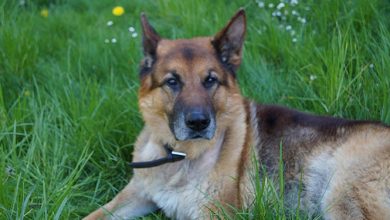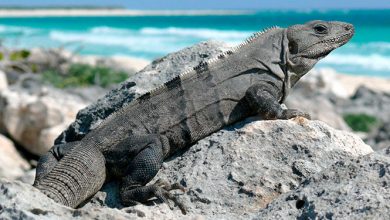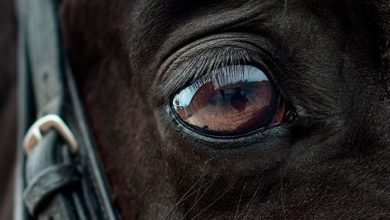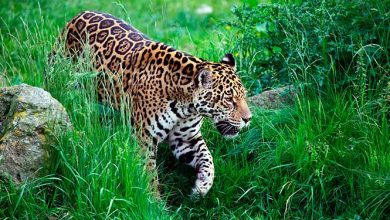Dog Eat Dog
Seeing your dog involved in a dogfight is an awful scenario. Sometimes it sounds worse than it is, but when it is your pet, you are desperate to stop it
Dogs fight for many reasons, but that doesn’t make them bad. Typically, a dog that has not been properly socialized is more apt to get involved in a fight out of fear or over territory.
Most people would tell you not to get in the middle of a dogfight. That is hard to avoid if your dog is involved. Adrenaline and the automatic response to save and prevent your dog from hurting another take over. You must always remember that your dog may not realize it is you. People have been injured by their own dogs in the heat of the battle.
The most important thing is your voice. If your dog hears you screaming and yelling, the situation becomes worse. If the dog becomes panicked, he believes he must continue to protect you.
We gathered a few tips for safely breaking up a fight:
- Do not scream. Stay as calm as possible; dogs feel your anxiety and fear.
- Do not pull on the dogs’ collar, as they may turn and snap.
- Use the wheelbarrow method. Two people grab the back legs of each dog, lift them off the ground and try to pull the dogs apart. The dog’s jaws are usually locked on each other giving you time to get hold of the back legs.
- If you are alone, loop the leash under one dog’s belly towards his back and end, and lift the dog off the ground.
- Spray them with a hose or a citronella spray
- The funniest solution, sticking your finger in their bum. Now, I am sure most of us are not willing to do this, but it is said to distract the dog from the fight immediately.







